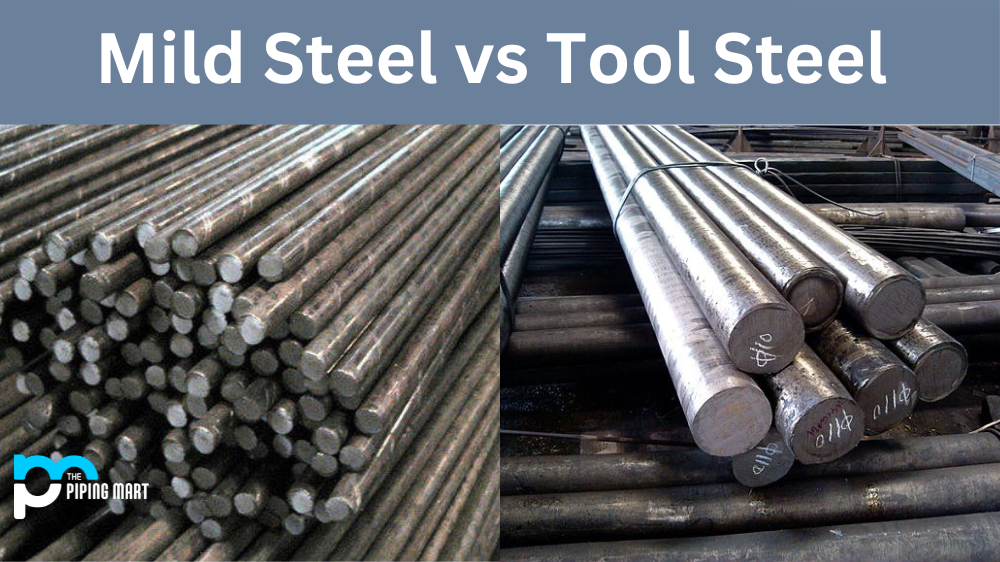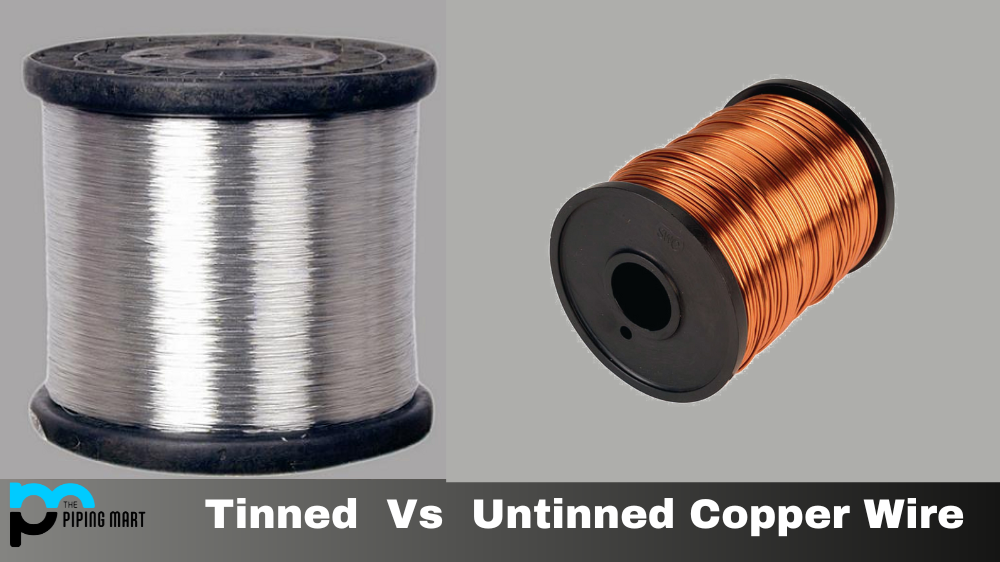Have you ever wondered why beryllium and aluminum have so much in common? It’s because, on a molecular level, these two elements share many similarities. This blog post will explore the scientific reasons why beryllium and aluminum are similar.
Indolium and aluminium difference
Beryllium and aluminum are both chemical elements that belong to the same group of elements on the periodic table. This group is called the “Beryllides,” and it contains elements from atomic number 3 (beryllium) through atomic number 13 (aluminum). This means that beryllium and aluminum are non-metals with similar properties such as melting points, boiling points, densities, electrical conductivities, thermal conductivity, and hardness.
The similarities between beryllium and aluminum also extend to their chemical properties. Both elements form covalent bonds with other atoms, which makes them very stable substances. They also react similarly to oxygen; they both easily form oxides when exposed to air or water vapor. Additionally, both elements can form hydrogen compounds, making them useful in various industrial applications.
Beryllium and aluminum also share some physical similarities. For example, they both have low densities, which makes them lightweight materials that can be used for various purposes such as aerospace technology or automotive components. They are also relatively soft metals compared to other metals such as steel or iron, meaning they can be formed into different shapes fairly easily without too much effort or specialized tools. Finally, both metals have high reflectivity, making them great materials for mirrors or other reflective surfaces.
Conclusion
Beryllium and aluminum share many similarities due to their location in the “Beryllides” group of elements on the periodic table. These similarities include their chemical properties such as reactivity towards oxygen and ability to form compounds with hydrogen, as well as their physical properties, including low density, softness, and high reflectivity. These attributes make these two metals ideal for various industrial applications ranging from aerospace technology to automotive components. Knowing the similarities between these two important elements can help you make better-informed decisions about the materials you use for your projects or products.

Pipingmart is B2B portal specializes in industrial, metal and piping products. Also, share latest information and news related to products, materials and different types grades to help business dealing in this industry.




